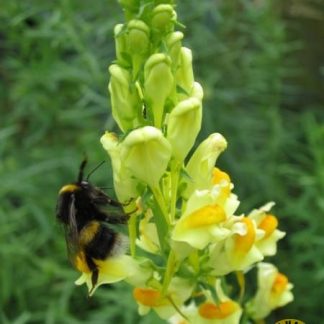Description
Asteraceae (family name)
Forage for pollinators: Produces Pollen and Nectar for a huge range of insects, most notable Bees and produces a honey surplus for honeybees; a similar range to those of Centaurea cyanus (see this description), and pollinated by Bees, Butterflies and flies.
Flowering time: June, July, August, September.
Growing information: NATIVE PERENNIAL WILDFLOWER growing to 0.6 m (2ft). This plant is similar to Greater Knapweed. The flower heads are purple or occasionally white and exist in two forms, rayed and un-rayed. A tall, native, grassland perennial of low to moderately fertile soils but absent from very damp or acid sites. Habitats include meadows, pastures, road verges, field borders, waste ground, scrub land and woodland edges. It can persist for many years in both grazed pasture and neglected tussocky grassland. However, in order to regenerate it needs an opportunity to set seed and for that seed to become established into open ground. Flowers are pollinated by a wide range of insects including bees, flies, butterflies and beetles and the resulting seed heads attract goldfinches and other seed feeding birds. Grows readily from seed sown at any time of the year.





